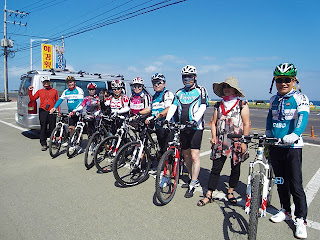
There are big controversies over the construction of a new main stadium in Seo-gu (District) for the 2014 Asian Games, scheduled to be held in Incheon Metropolitan City, South Korea. Incheon was awarded as the host city of the games at the 26th OCA general assembly in April 2007 held in Kuwait and the construction plan for the Seo-gu main stadium was announced by the city officials in early 2008 and supported by the central government shortly thereafter.
The central government actually did Incheon a favor to unfreeze sufficient size land of the so-called green belt in Yonhee-dong, Seo-gu, to construct the stadium and the city officials have already compensated more than 80 percent of the land to those owners on site. And the magnificent design has also been completed as shown above.
The quarrel started as the mayor-elect Song Young-gil visited Kuwait to meet OCA chairman late last month, shortly before his inauguration as the administrator of Incheon, and announced that he was able to persuade the OCA chairman to allow the host city not to build a new stadium in Seo-gu, but re-use the existing Munhak World Cup Stadium, located in Nam-gu in the same city, as the main stadium, a venue of the opening and closing ceremonies for the games, as well as various track and field events, by simply renovating it to host 5,000 more spectators from the existing 50,000 capacity. It is reported, however, that the OCA officials recommend the main stadium’s capacity should be at least 70,000 for the opening and closing ceremonies.
Basically, I share his concerns about the increasing revenue deficit of the city as a newly elected mayor of the city. I believe, however, he made a couple of big mistakes: Firstly, he has brought down the decency and pride of Incheon and even the national image, and humiliated his own supporters, as well as his predecessors, by making a sudden, unscheduled and rude visit to OCA chairman and doing diplomatically ill-mannered and/or immature behaviors from the international standpoint, ignoring the diplomatic channel. As a mayor of the big city like Incheon, Mr. Song should pay more attention to become a good city administrator, rather than a sly politician who is an expert in playing a political engineering game that is still prevailing in domestic political horizon, unfortunately.
Secondly, he should have tried to communicate with his own people i.e. Incheon citizens as a first step, primarily with the Seo-gu residents who would be greatly influenced by any change in this regard before leaving for Kuwait. More haste, says the proverb, less speed.
One thing clear, at this point of time, is that any community in which an individual simply cannot expect even what would happen tomorrow to him or to his family can't be entitled to be called as an advanced and stable society, apart from his inaugural commitment to make Incheon the economic capital of the Republic of Korea. Mayor Song is now leading innocent Incheon citizens into the battlefield and encouraging his own people to fight with each other by his terrible mistakes, intentionally or unintentionally.
It would be appreciated if he could change his mind to build the main stadium in Seo-gu District as originally planned for all concerned, however, because I wish him every success and would like to participate in his success in the forthcoming future as the mayor of Incheon Metropolitan City.

 (The above photo was taken from the top of Mt. Cheolma in my neighborhood on Sunday, August 22, 2010 in the late afternoon.)
(The above photo was taken from the top of Mt. Cheolma in my neighborhood on Sunday, August 22, 2010 in the late afternoon.)












